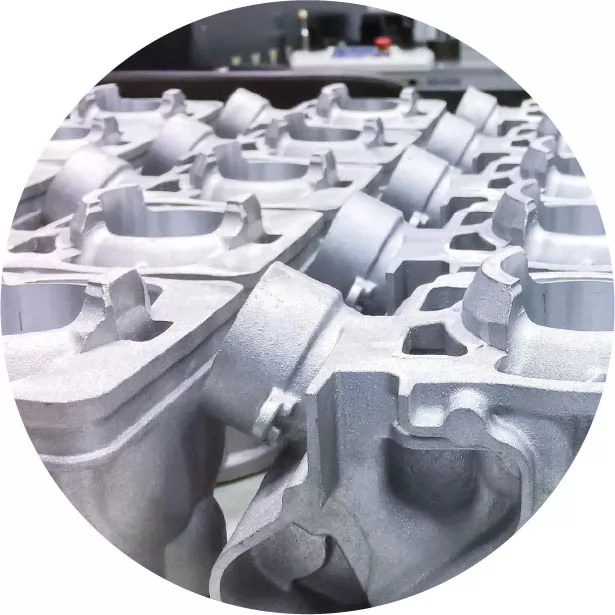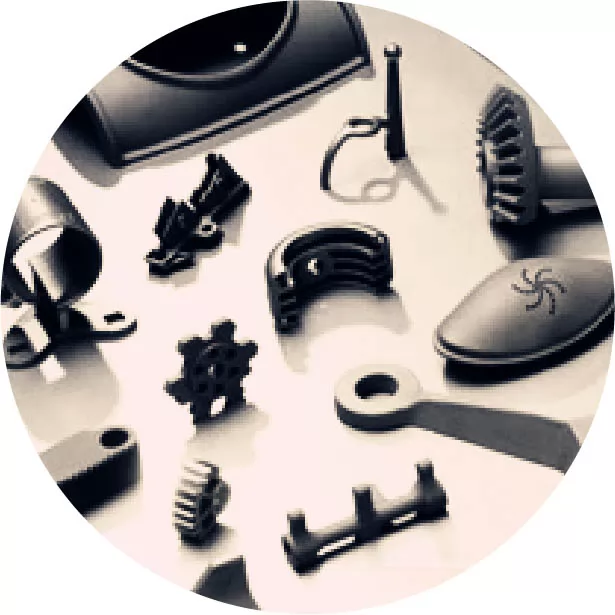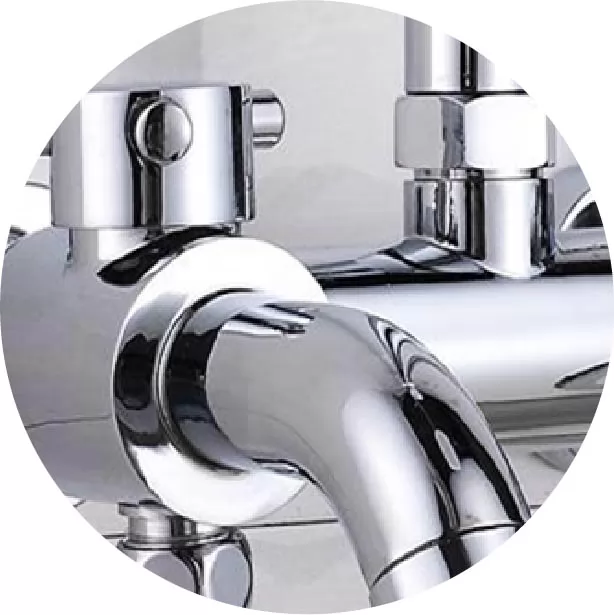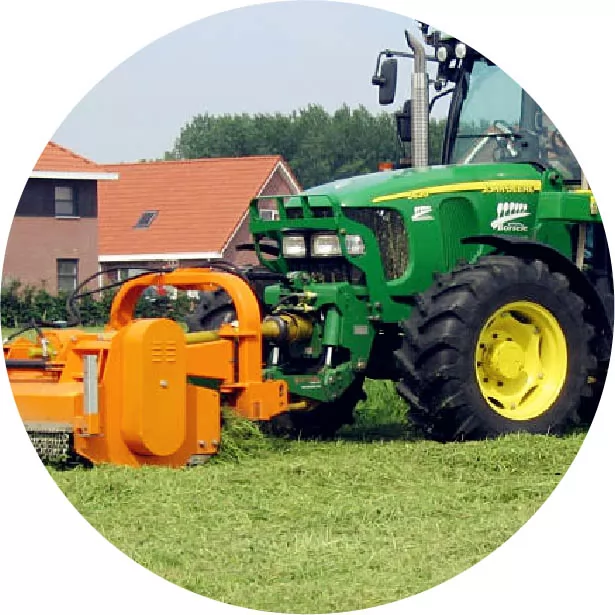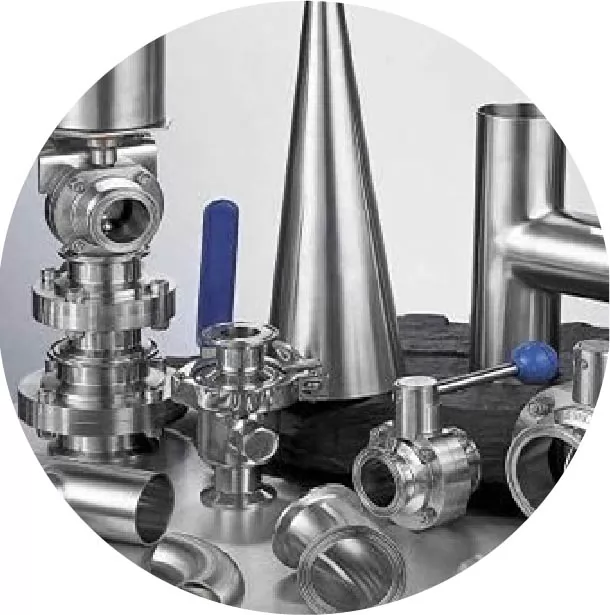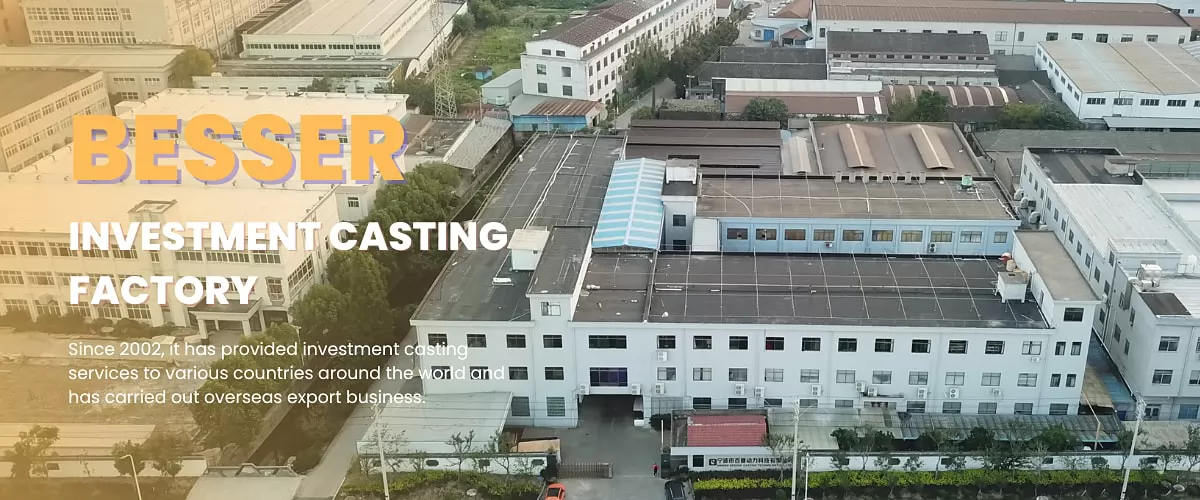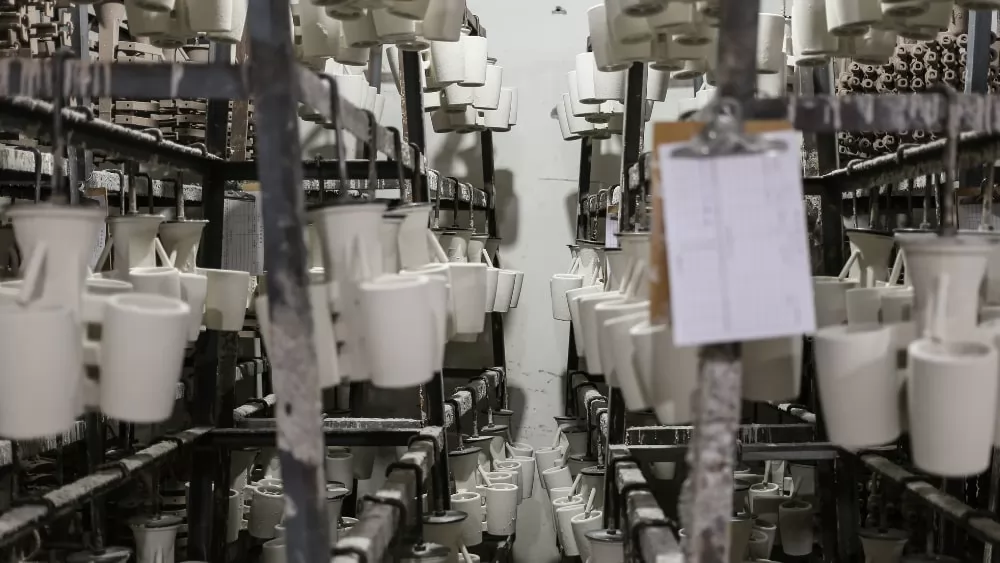
What Is Water Glass Casting? (Definition)
Water glass casting is a precision casting process that uses water glass (sodium silicate) as a binder to make the casting mold. The process is done by dipping the wax mold into a water glass mixture to form a hardened shell mold, which is then melted and removed, leaving a mold cavity. After that, the molten metal is poured into the mold cavity and cooled to form to produce high-precision, complex-shaped metal parts.
Water glass casting is one of the most common investment casting processes in China, but it is less common in other countries. The process was originally developed in Russia and is also known as sodium silicate casting. Among China's investment casting plants, about 85% of the foundries focus on water glass casting, while the rest are mainly engaged in silica sol casting. This method is widely used in the automotive, aerospace and machinery manufacturing industries, and is particularly suitable for the production of parts that require high precision and smooth surfaces.
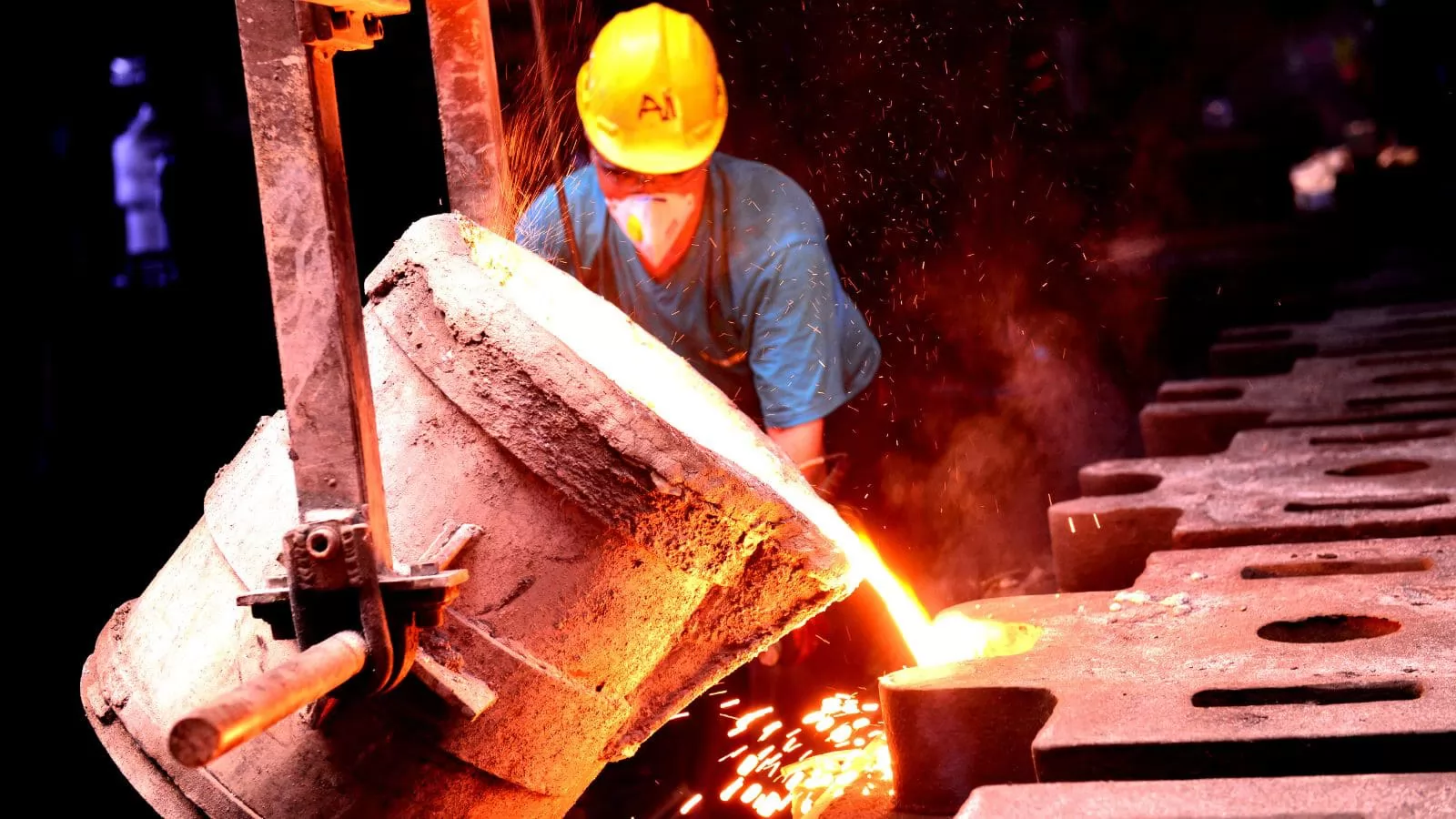
Water Glass Casting Process
1. Wax Injection
For each casting to be made, melted wax is injected into a mold to produce a wax pattern of the casting. The wax molds are constructed of Aluminum and sized to account for shrinkage in the wax and metal that are being used. Wax tooling ranges from simple two-piece dies to multi-cavity automated dies and complex dies featuring water-soluble or ceramic cores.
2. Wax Assembly
Once the wax patterns have cooled and settled to a stable size and shape, they are mounted onto a sprue or tree. The sprue, also made of wax, contains all of the necessary gates, runners, and supports to adequately feed the part during the casting process.
3. Shell Building
The wax sprue is now “invested” in ceramics to create the mold for the metal to be poured into. The ceramic consists of two parts, a liquid slurry covered with dry sand. Each sprue is covered in multiple layers of slurry and sand until the ceramic shell is thick enough to hold up during the casting process. The shell building process usually takes 24 hours, with anywhere from 2 days to almost 2 weeks for the shells to fully dry.
4. Dewax
Once the shell has fully dried, the wax is melted out using an autoclave to counteract the expansion of the wax. The shells are then fired to remove any remaining wax residue and cure the ceramic shell. Once the shells have been fired, they are now ready for the casting process.
5. Casting
The processed shells are placed back in the oven to be pre-heated prior to casting. Once the shells are at the proper temperature and the molten metal has been prepared and qualified, the shells are removed from the oven and the metal is poured into the shells.
6. Finishing
The shell is hammered, media blasted, vibrated, waterjet, or chemically dissolved (sometimes with liquid nitrogen) to release the casting. The sprue is cut off and recycled. The casting may then be cleaned up to remove signs of the casting process, usually by grinding.
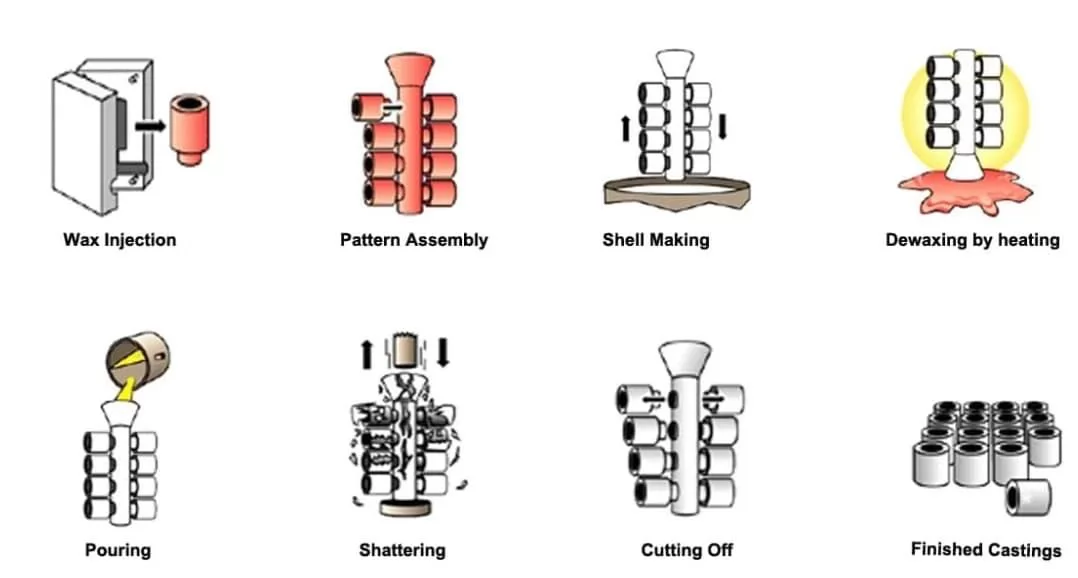
Characteristics of Water Glass Casting
Water Glass Casting possesses several distinct characteristics that contribute to its effectiveness in producing high-precision metal components:
Material Composition: Water glass casting utilizes sodium silicate (water glass) as the primary binder in the mold-making process. This binder is mixed with sand to create a durable, heat-resistant shell around the wax pattern. The hardened shell provides the necessary strength and stability during the casting process, ensuring the mold maintains its shape under high temperatures.
Precision and Detail: The process is renowned for its ability to produce components with exceptional accuracy and intricate detail. Water glass casting allows for the creation of thin-walled, complex geometries that are challenging to achieve with other casting methods. This precision minimizes the need for extensive post-casting machining and polishing, resulting in high-quality final products.
Cost-Effectiveness: Although water glass casting involves multiple steps, it is economically advantageous for large-volume production of high-precision parts. The method is particularly cost-effective in industries such as automotive and machinery manufacturing, where it enables the production of near-net-shape components, reducing material waste and the need for additional processing.
Versatility: This casting method is highly versatile, accommodating a wide range of metals, including carbon steel, alloy steel, stainless steel, and non-ferrous metals like aluminum and copper alloys. Its versatility extends to various industries, making it suitable for producing components for aerospace, automotive, machinery, and medical equipment.
Strong Mold Stability: Water glass casting provides high mold strength due to the robust nature of the water glass binder. This strength ensures that the mold maintains its integrity during the molten metal pouring process, resulting in minimal deformation and greater accuracy in the final product. The strong mold stability is crucial for achieving high-precision components.
Regional Popularity: The method is predominantly used in China, where approximately 85% of investment casting foundries specialize in water glass casting. This regional preference highlights its importance in Chinese manufacturing. Although it was originally developed in Russia and is sometimes referred to as sodium silicate casting, its use remains largely concentrated in China.
Environmental Considerations: Water glass casting is considered environmentally friendly due to the non-toxic nature of water glass compared to some other binders. The use of water glass minimizes environmental impact and facilitates easier disposal, making the process a more sustainable option within the casting industry.
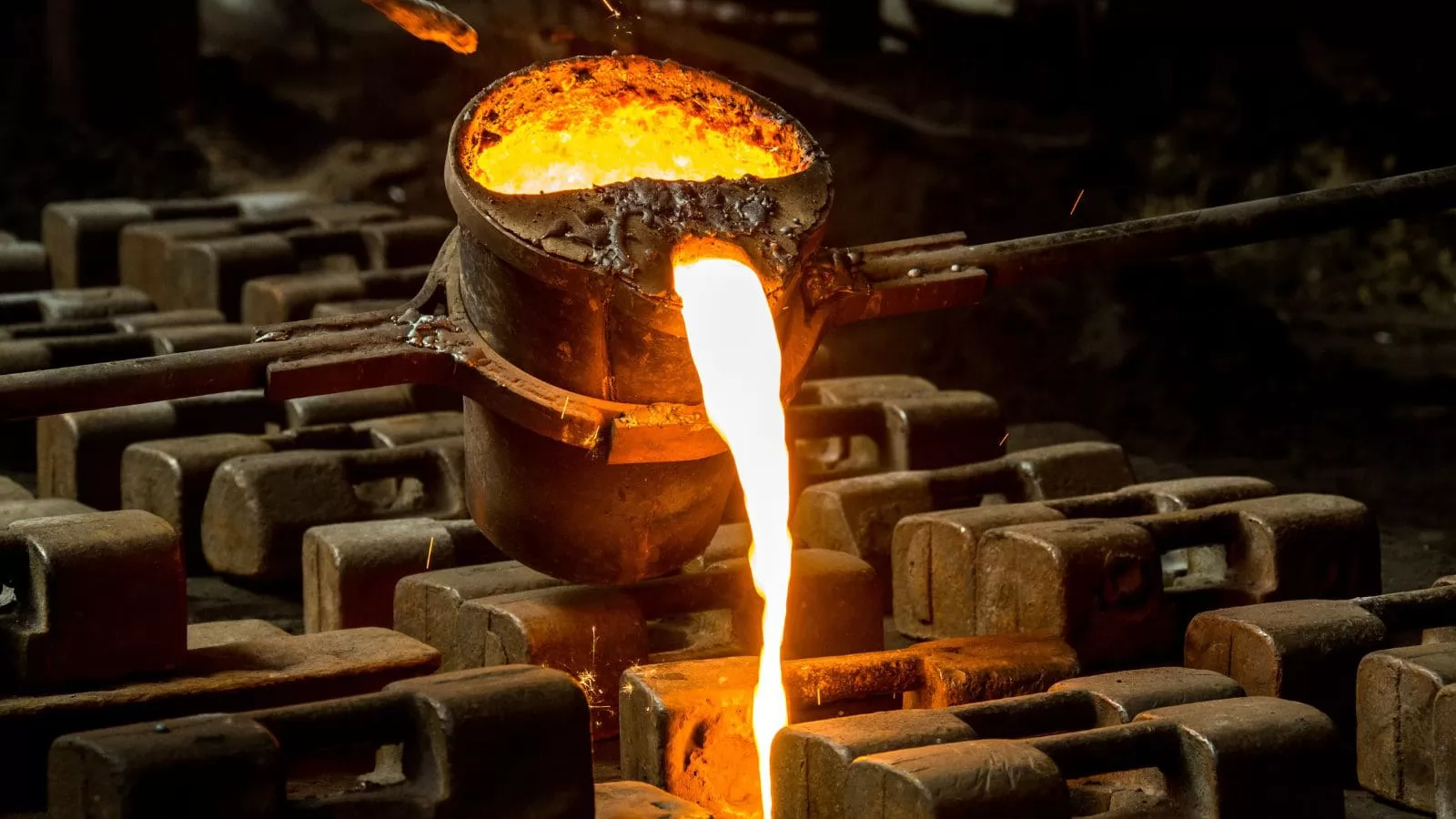
How Is Water Glass Casting Different from Standard Investment Casting?
| Feature | Water Glass Casting | Standard Investment Casting (Silica Sol Casting) |
|---|---|---|
| Binder | Uses water glass (sodium silicate) as the binder | Uses silica sol (silicon sol) as the binder |
| Mold Material | Mold is made from a mixture of water glass and sand | Mold is made from a mixture of silica sol and sand |
| Mold Strength | Provides high mold strength, suitable for high-temperature stability | Also provides high mold strength, ideal for precision and complex parts |
| Casting Precision | High precision, suitable for complex shapes and thin-walled parts | Extremely high precision, excellent for very intricate and small components |
| Surface Finish | Can achieve relatively smooth surfaces, reducing post-casting processing | Capable of achieving very smooth surfaces, suitable for applications requiring high surface finish |
| Cost | Cost-effective for large-scale production, especially in China | Higher cost, suited for smaller batch or high-end applications |
| Metal Compatibility | Suitable for a wide range of metals, including carbon steel, alloy steel, stainless steel, and non-ferrous metals | Also suitable for various metals, particularly excels with high-temperature alloys and stainless steel |
| Production Cycle | Longer mold preparation and casting cycle | Shorter preparation and casting cycle, suitable for rapid production |
| Application Areas | Widely used in automotive, aerospace, and machinery manufacturing | Commonly used for high-precision parts, such as in aerospace, medical equipment, etc. |
| Environmental Impact | Water glass is non-toxic and environmentally friendly, easy to handle | Silica sol is also considered environmentally friendly, but chemical use requires attention |
Why Choose Water Glass Casting?
There are several compelling reasons to choose waterglass casting (also known as sodium silicate casting) that make it an ideal choice for specific manufacturing needs:
Cost-Effectiveness: Waterglass casting is much more economical than other investment casting methods, especially when producing medium to large parts. Lower material and processing costs make it a top choice for industries seeking to balance quality and budget constraints.
Good Surface Finish and Precision: This method produces castings with a smooth surface finish and relatively high dimensional accuracy. While it may not match the precision of silica sol casting, it is sufficient for many applications, especially where fine tolerances are not critical.
Material Versatility: Waterglass casting can be used with a wide variety of metals, including various steels and cast irons. This versatility allows manufacturers to produce parts that meet specific mechanical and performance requirements.
Strength and Durability: The waterglass process produces strong, durable castings that can withstand tremendous pressure and wear, making it suitable for producing parts used in demanding environments.
Quick Turnaround: Compared with other methods, such as silica sol casting, waterglass casting has a faster process cycle. This efficiency can reduce production time, perfect for time-sensitive projects.
What Are the Main Applications of Water Glass Casting?
Automotive Parts
Water glass casting is commonly used for automotive parts like engine blocks and transmission housings due to its cost-effectiveness and ability to produce precise, durable components. It balances high dimensional accuracy with affordability, making it ideal for medium-volume production.
Construction Hardware Casting
This method is employed for creating construction hardware such as door frames and hinges. It offers high strength and corrosion resistance while allowing complex shapes, making it a reliable and cost-efficient choice for the construction industry.
Bathroom Hardware Casting
In bathroom hardware, water glass casting is used for faucets and showerheads, providing corrosion resistance and a smooth finish. It delivers the necessary durability and aesthetic quality at a competitive cost.
Agricultural Equipment Casting
Water glass casting is used for agricultural machinery parts like tractor components and tillage tools. It offers the strength and wear resistance required for harsh agricultural conditions, making it suitable for large-scale production.
Hydraulic Equipment Casting
This casting method is applied to hydraulic components such as pump housings and valves. It ensures high strength and pressure resistance while being cost-effective, ideal for producing reliable hydraulic equipment.
What Materials Are Suitable for Water Glass Casting?
| Material | Description |
|---|---|
| Carbon Steel | Commonly used for its strength and durability, suitable for general industrial and machinery parts. |
| Alloy Steel | Used for components requiring specific properties like high strength and wear resistance. |
| Cast Iron | Ideal for parts needing good castability and wear resistance, such as engine blocks and gears. |
| Stainless Steel | Suitable for parts requiring corrosion resistance and high strength, often used in oil and gas. |
| Gray Iron | Used for applications where high wear resistance and machinability are needed, like brake components. |
| Ductile Iron | Known for its high tensile strength and shock resistance, suitable for heavy-duty applications. |
| Malleable Iron | Provides good ductility and impact resistance, used in parts like pipe fittings and automotive components. |
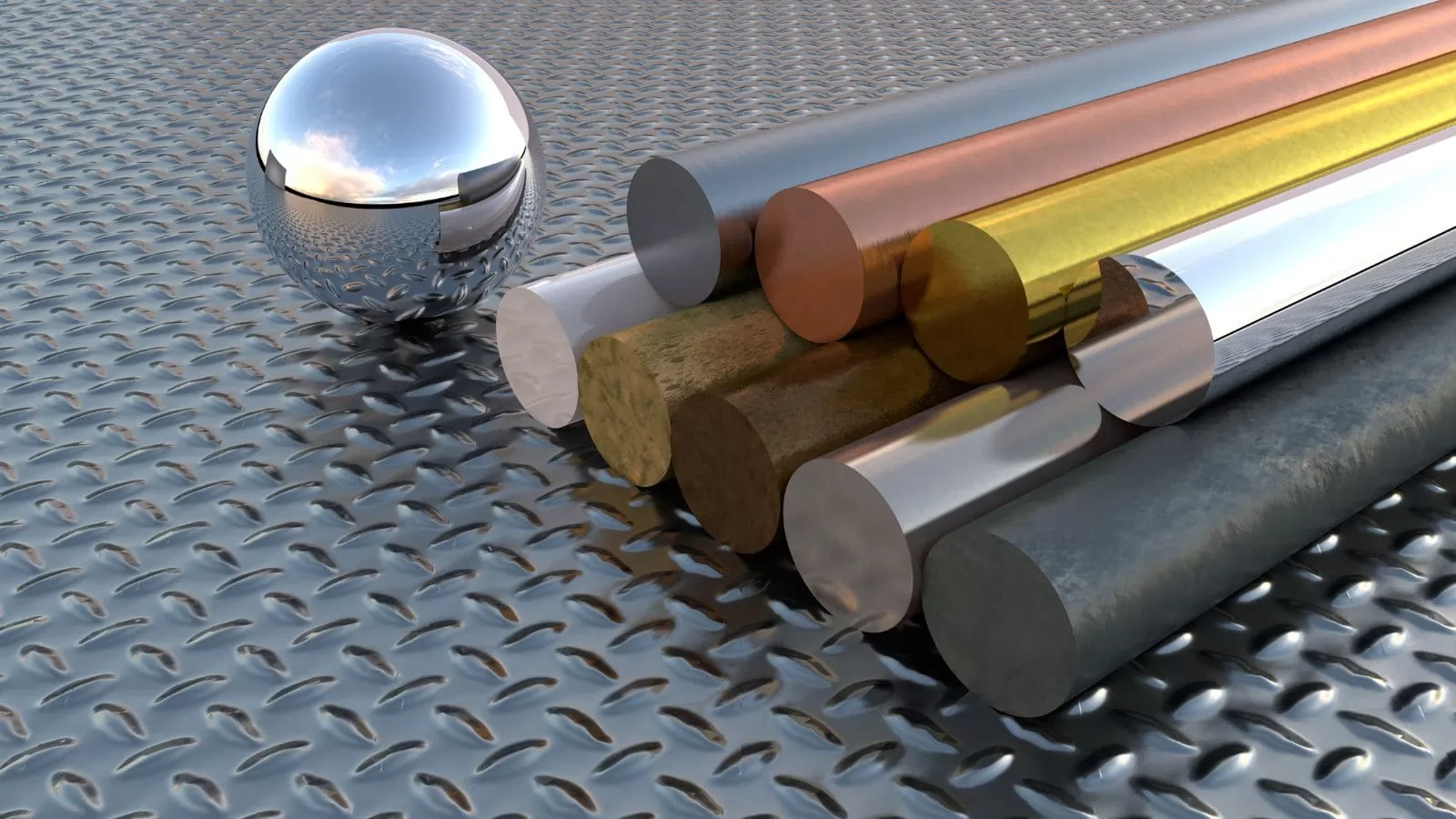
Is Water Glass Casting Expensive?
Waterglass casting (also known as sodium silicate casting) is generally a more economical casting method, especially compared to other processes such as precision casting. Since the waterglass material itself is relatively cheap and the molds can be reused, it is more cost-effective when mass-producing. For designs of medium complexity and medium to large batches, waterglass casting provides a good balance between cost, quality and production speed.
However, the cost will also be affected by factors such as the type of metal material, the complexity of the design, and the post-processing steps required. If the casting requires high precision or small batches, the cost may increase, but it is still more economical than other high-precision casting methods overall.
Besser Casting: Water Glass Casting Company
As a leading investment casting company in China, we provide overseas customers with high-quality water glass casting technology and casting services at reasonable prices.
We can meet dimensional tolerance CT7-CT8. Our value-added services (machining, surface treatment, heat treatment, etc.) ensure that we ultimately deliver finished castings to our customers. To be more competitive, we have introduced automated production lines.With such an automated production line, we can keep the quality of water glass castings stable. And help save labor costs and shorten production time. This line is ideal for castings with high volume requirements.
Just contact us and we will be happy to meet your investment casting needs.




